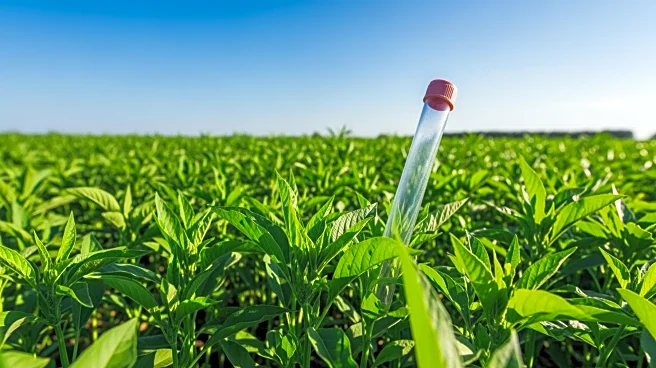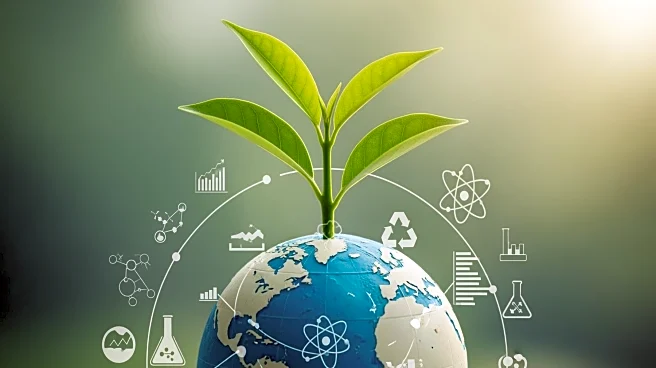What's Happening?
A new technique involving grafting has been developed to enable gene editing in plants that are traditionally difficult or impossible to modify. This method, spearheaded by Friedrich Kragler at the Max Planck Institute, uses genetically engineered plants to produce
RNA coding for CRISPR components. By grafting shoots of non-modified plants onto the roots of modified plants, gene editing was successfully achieved in some shoots and seeds. This approach could potentially allow for the gene editing of a wide variety of plants, including cocoa, coffee, and avocados, which are currently challenging to modify using conventional methods.
Why It's Important?
The ability to gene edit a broader range of plants could significantly impact agriculture by creating more productive and nutritious varieties. This is crucial for addressing food security challenges posed by climate change and population growth. The technique offers a way to bypass regulatory hurdles associated with conventional genetic modification, as it avoids inserting extra DNA into plant genomes. This could accelerate the approval process for new plant varieties, benefiting farmers and consumers by providing access to improved crops.
What's Next?
Researchers are encouraged to further develop this promising technique, potentially combining it with viral approaches to deliver different gene edits. The creation of transgenic rootstocks could facilitate gene editing across multiple plant species, enhancing agricultural productivity and sustainability. Continued collaboration among scientists will be essential to refine the method and expand its applicability.
Beyond the Headlines
This development highlights the innovative use of traditional agricultural practices, like grafting, in modern biotechnology. It underscores the importance of interdisciplinary approaches in solving complex challenges in food production and environmental sustainability.













